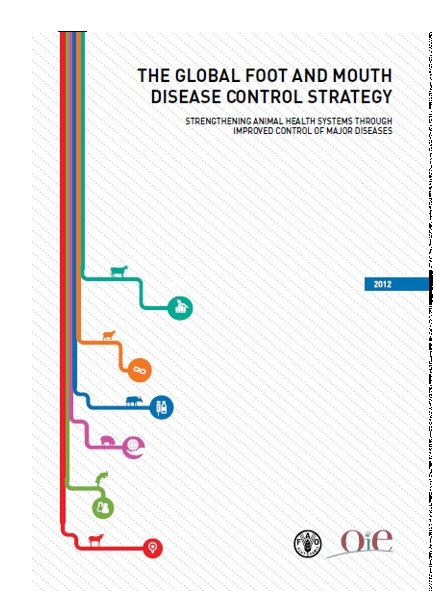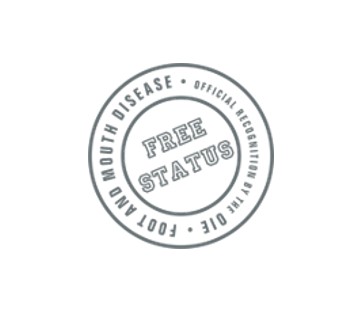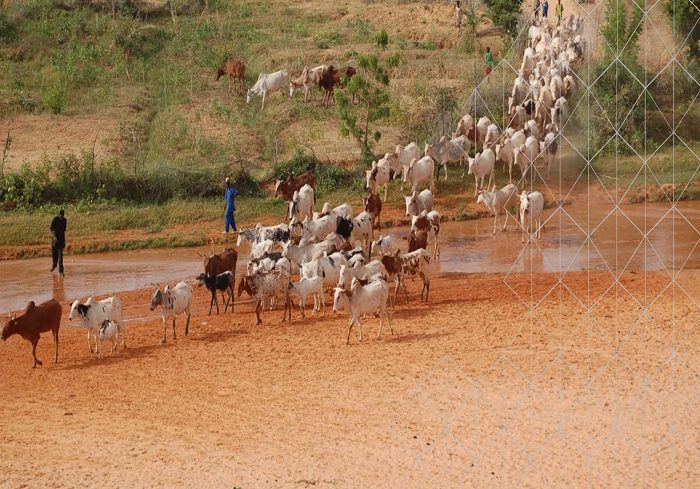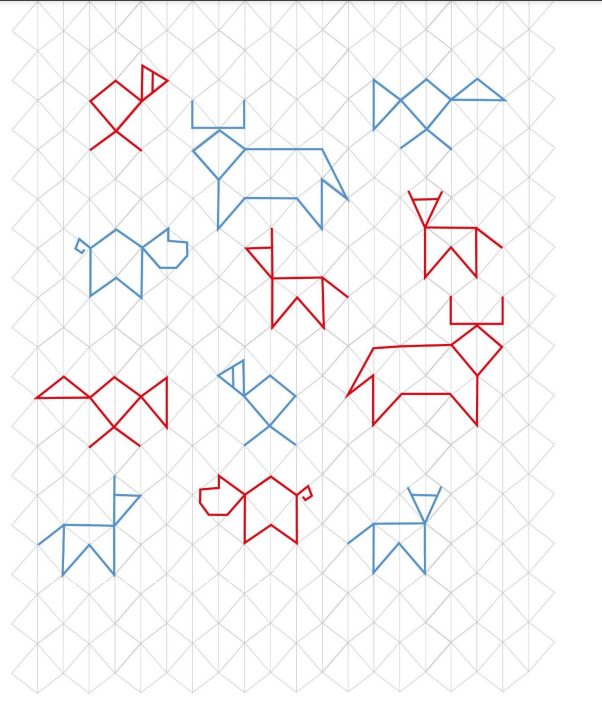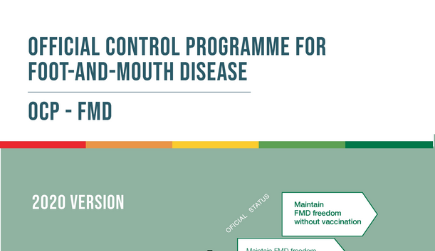
Foot and Mouth Disease (FMD) is an eminent transboundary animal disease (TAD), recognized as a priority disease by the GF-TADs Steering Committee. It severely affects the production of livestock, disrupting regional and international trade in animals and animal products. The most significant impact of the disease in low and middle-income countries is losses in production, utility, and income which together affect the livelihood and impact food security and nutrition of farmers who rely on their animals for subsistence. African, Asian, and European regions are still affected by FMD.
Under the auspices of the Global Framework for the Progressive Control of Transboundary Animal Diseases (GF-TADs), OIE and FAO have established a joint FMD working group that has developed a 15-year Global strategy for the control of FMD in consultation with regional organizations, scientists, and field experts. This joint strategy was presented at the second FAO-OIE Global FMD Conference held in Bangkok in 2012, with its three inter-related components:
(i) improving global FMD control,
(ii) strengthening Veterinary Services and
(iii) improving the prevention and control of other major diseases of livestock.
FMD was the first disease for which the WOAH established an official list of free countries and zones. The first official list of WOAH member countries recognised as free from FMD, without the use of vaccination, was published in May 1996.
Read moreThe WOAH has defined a transparent, science-based, and impartial procedure for the recognition of the FMD disease status of member countries. More than 90 WOAH member countries do not have officially recognised FMD free status by the WOAH. FMD is still widespread throughout the world, particularly in Asia, Africa, and the Middle East. In the era of globalization and global increase in traveling, trade, and transportation of goods, FMD remains a permanent threat to all countries. The WOAH experts stressed that the prevention of the introduction of FMD for all countries, and particularly for those free from FMD, is enhanced with severe import and cross-border animal movement controls and surveillance, early detection, warning systems, and preventive measures.
The official recognition of disease status of Members is of great significance for international trade and constitutes one of the most important legal links between the WOAH and World Trade Organization (WTO), in the framework of the WTO Agreement on the Application of Sanitary and Phytosanitary Measures (SPS Agreement), which entered into force in 1995.
Granting, suspension, and recovery of official disease status are handled in an objective and transparent manner, governed by the Standard Operating Procedures (SOPs).
Read more about the WOAH official recognition of disease status.

